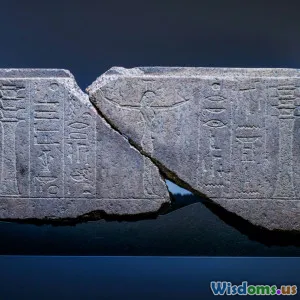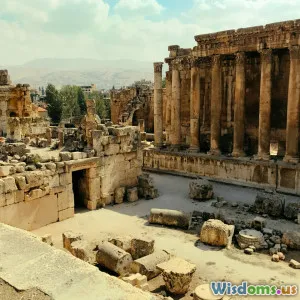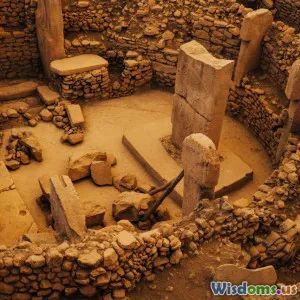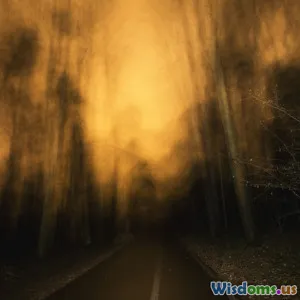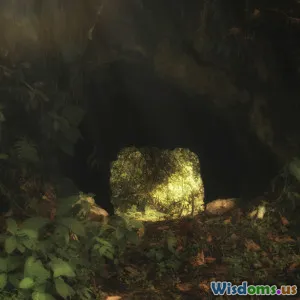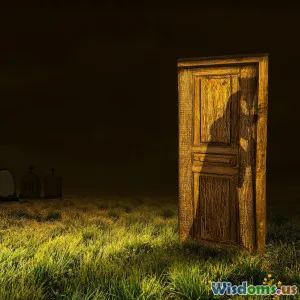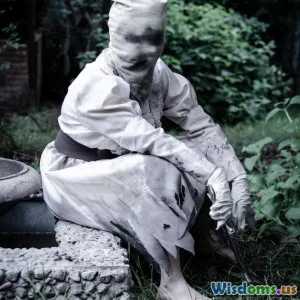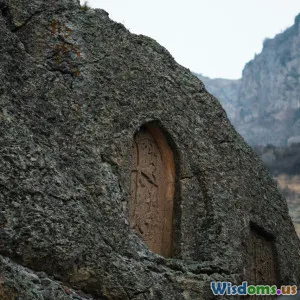
Personal Encounters With Supernatural Phenomena At Gobekli Tepe
15 min read Eyewitness accounts of mysterious experiences and supernatural encounters at the ancient site of Gobekli Tepe, exploring the unknown side of this prehistoric wonder. (0 Reviews)
Personal Encounters With Supernatural Phenomena at Göbekli Tepe
Shrouded in the mists of millennia, Göbekli Tepe rises from the Anatolian landscape as a puzzle for archaeologists and a magnet for the curious. Some travel to this Neolithic monument hoping to trace the origins of civilization; others are drawn by whispers of the extraordinary. Reports of the inexplicable have circulated for decades, with eyewitnesses—archaeologists, tourists, guides, even locals—claiming to have experienced everything from disembodied voices amidst the stones to chilling visions during the Anatolian night. Here, we journey through a tapestry of firsthand accounts, cultural perceptions, scientific speculation, and practical insight for those hoping to step onto this ancient and alleged threshold between worlds.
The Lure of Göbekli Tepe's Mystery
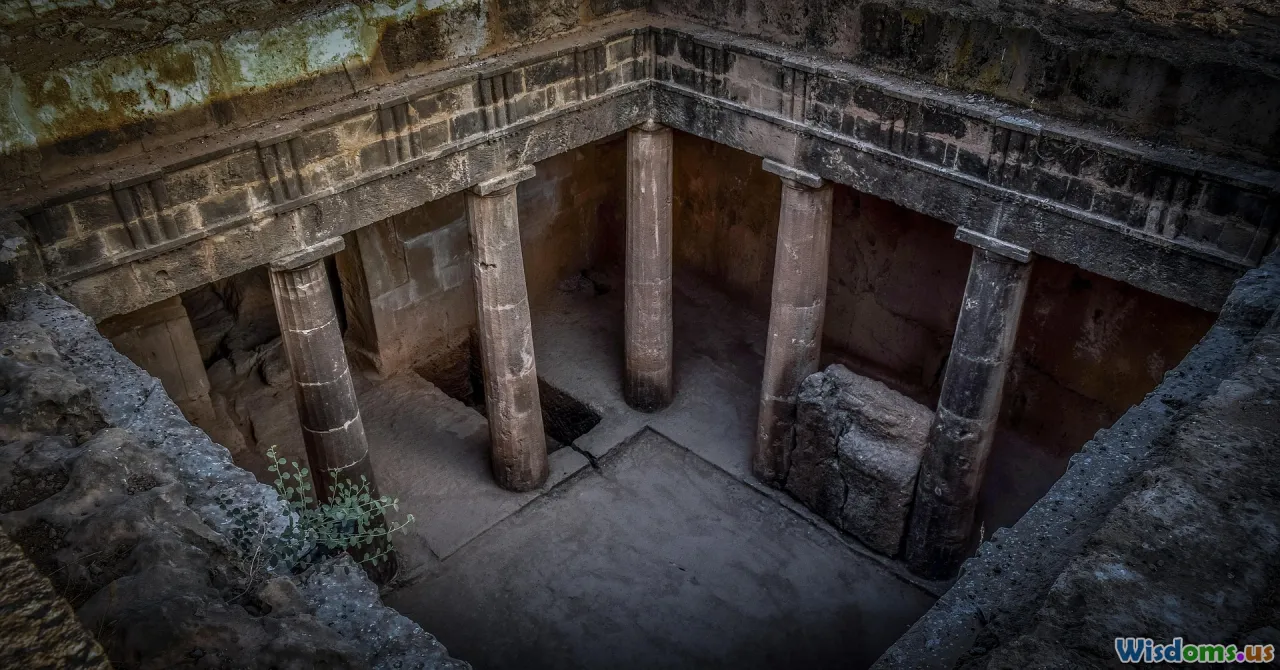
For thousands of years, Göbekli Tepe lay entombed beneath sand, its secrets untouched. Rediscovered in the 1990s, the site revealed circles of massive T-shaped pillars, engraved with uncanny animal motifs—serpents, boars, vultures—heralding an era far older than Stonehenge or the Pyramids.
These monuments ignite the imagination, but it is the atmosphere—the silent presence of something ancient and unaccountable—that many visitors first remark upon. Some describe a heavy stillness, as if the very air grows denser beneath the carved megaliths. Locals tell stories of strange lights flickering over the hilltop, especially during solstices. An archaeological intern from Germany, interviewed in 2019, shared, "One moment the sun sets and the stones cast long shadows—then suddenly, there's a flicker, like a torch light, but no one is holding it."
Historians note that for millennia, the site was deliberately buried. Some theorize this was to protect sacred space. This sense of preservation—and separation—contributes to the feeling of an otherworldly threshold, inspiring personal encounters that defy easy explanation.
Eyewitness Accounts: Unsettling Moments Amidst Ancient Stones
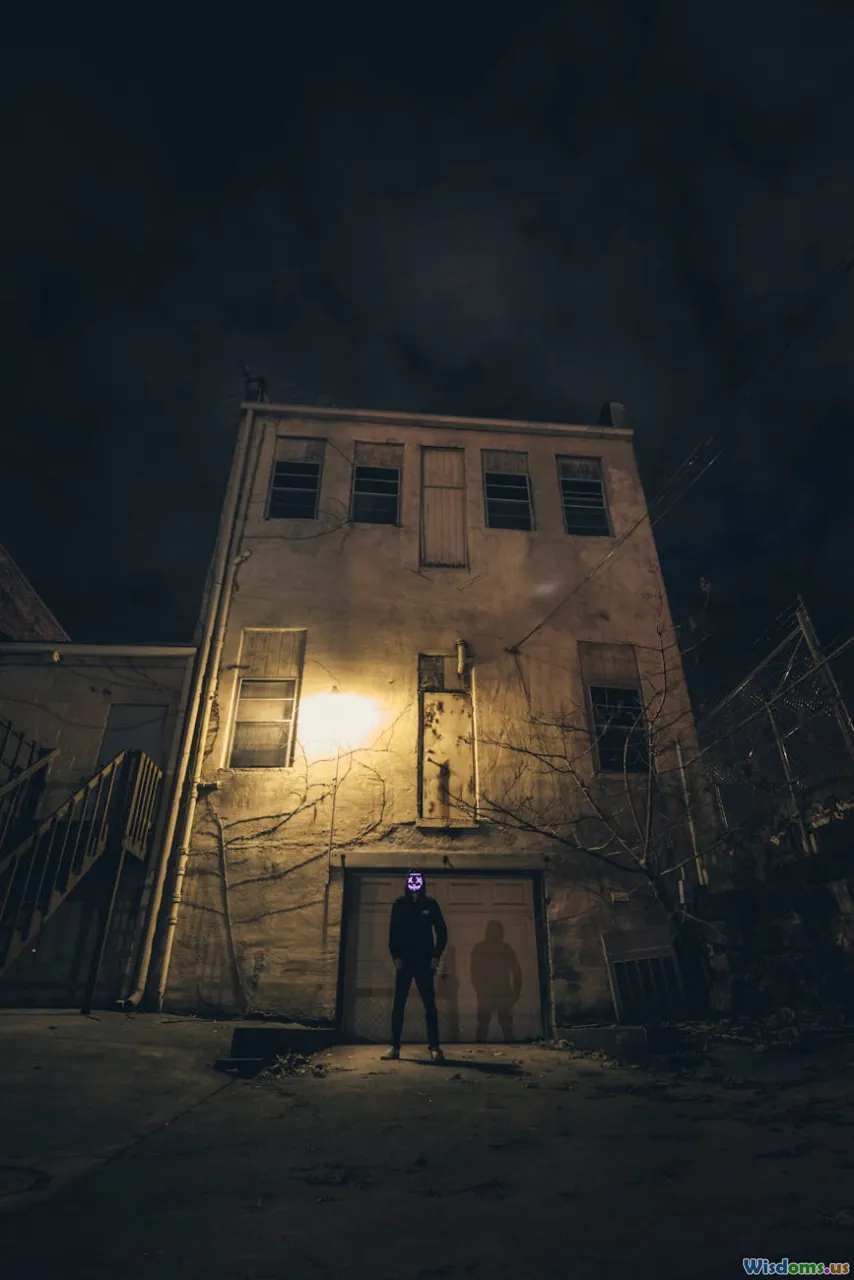
Personal stories lend depth—and a chill—to Göbekli Tepe’s enigma. Tour guide Feride Güler, with decades of experience, recounts a harrowing night: “The wind was howling, so I stayed near the southern pillars. Suddenly, the noises stopped—unearthly silence. I felt a presence, as if someone was right behind me. A shadow moved quickly across the stones, but there was no source.”
A research team from Istanbul University, conducting 3D scans in 2018, recounted a series of inexplicable malfunctions: batteries draining within minutes, digital sensors flickering with static, cameras recording disjointed whispers. "We thought it was sun flares," noted technician Mikael Atalay. "Yet, when we reviewed the tapes, we caught what sounded like chanting—low, unfamiliar syllables." No locals were present during the overnight sessions.
A Turkish tour bus operator described summer nights where orbs of pale blue light glide silently among the kneeling stones. When one of his drivers tried to approach them, the light simply faded out of existence.
What unites these stories is a sense of the uncanny rooted in specific observation: sudden shifts in soundscape, inexplicable lights, and an unshakable feeling of being watched by unseen presences.
Cultural Interpretations: Local Legends and Ancient Beliefs
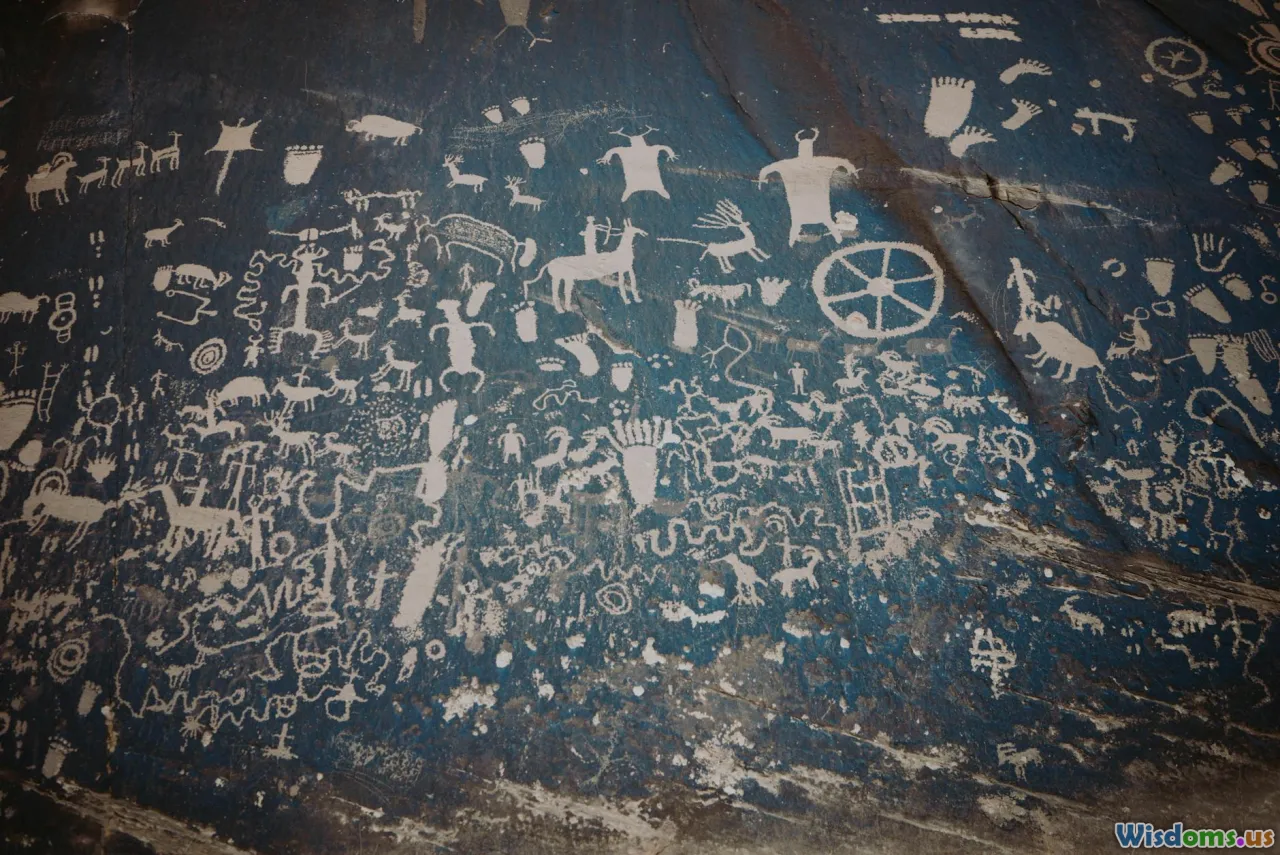
Göbekli Tepe does not exist in a cultural vacuum. The neighboring villages have long considered the hilltop the "hill of spirits," alluding to legends even before excavation began. Regional folklore is rich with stories of djinn—supernatural beings in Islamic tradition—inhabiting old ruins and guarding sacred places. Older villagers warn children not to wander too far after dusk: "The hill will protect itself," they say.
Anthropologists highlight that animal symbology on the pillars—snakes, scorpions, birds of prey—resonate with ancient Anatolian mythologies. In some versions, these represent guardians between life and the netherworld. Visiting Kurdish shepherds tell of dreamlike encounters: waking suddenly to the sounds of distant drums and seeing black birds circle the site in numbers too large to count.
These traditions contextualize the reports of supernatural happenings, blurring the lines between cultural memory and firsthand experience.
Scientific Approaches: Can Science Explain the Unexplainable?
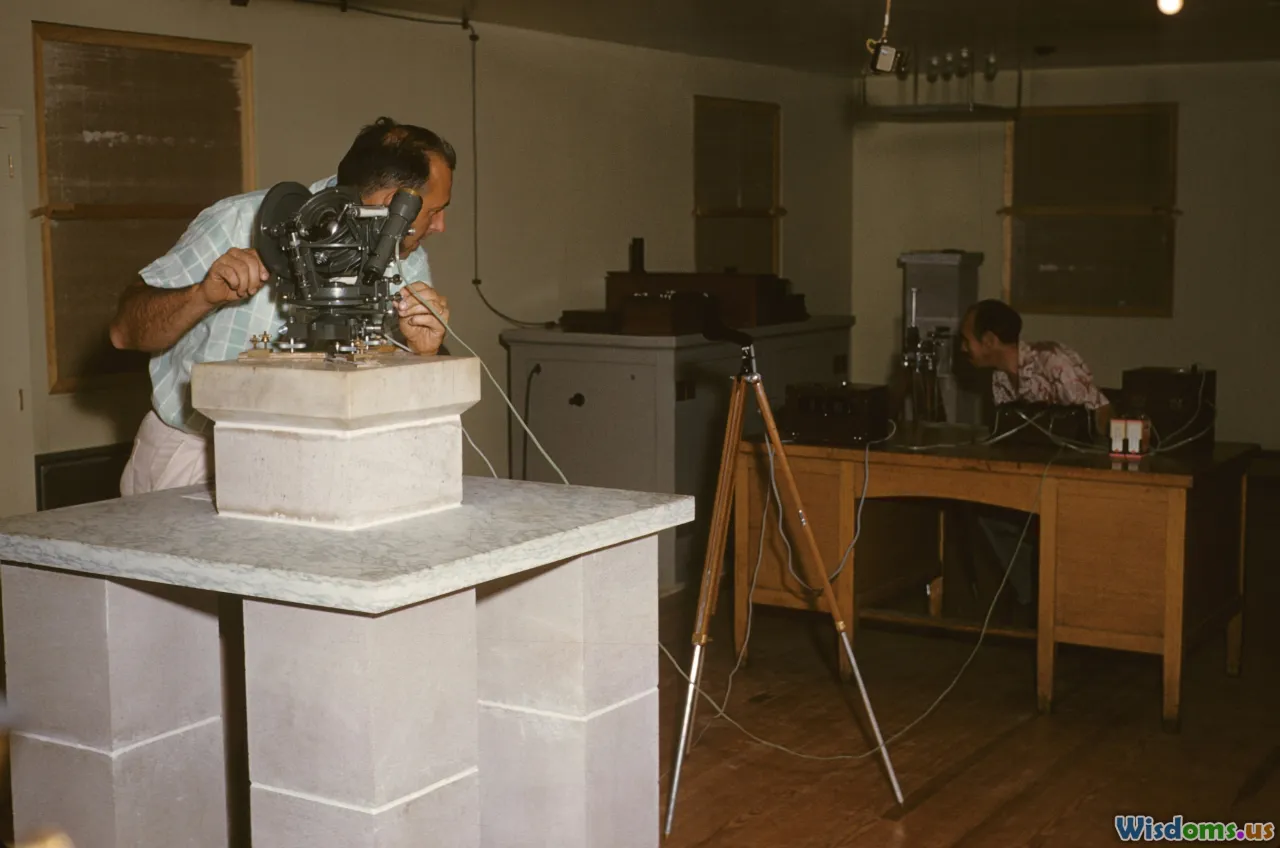
Supernatural claims invite scrutiny as well as curiosity. Modern archaeologists approach eyewitness reports methodically, seeking explanations grounded in environment and psychology. Dr. Selim Karabulut, who coordinates night security at the site, suggests many strange feelings are rooted in the surroundings: "Göbekli Tepe sits at a high altitude with nearly no city noise. At night, temperature drops sharply. Distant animal sounds echo." Combined with suggestive stories, these conditions can prime visitors to experience pareidolia—the tendency to perceive patterns, faces, or presences where there are none.
On the technological side, sensor malfunctions could arise from the high mineral content in the surrounding soil, creating electromagnetic interference. Some electronic voice phenomena (EVPs) have been attributed to radio signals bouncing unpredictably across the stones. "We did pinpoint one 'whisper' to a passing truck's CB radio," says site engineer Yasemin Kaya.
Yet, not all events easily submit to rational explanation. Recurrent reports of luminous orbs, heat signatures with no apparent source, and the uncanny sense of presence have only been partially demystified, leaving the door open to personal interpretation and further inquiry.
Life-Changing Experiences: Personal Narratives of Transformation

Many seekers travel to Göbekli Tepe in search of meaning beyond ordinary existence. For some, inexplicable events mark a turning point in their spiritual journey.
Australian visitor Alexander Rowe describes meditating at dawn near Pillar 43, only to experience what he calls a "profound connection beyond time." Contemplating the swirling animal motifs, he felt himself "drift mentally, as though stepping through the veils of history," returning later with a sense of clarity and diminished anxiety over personal struggles. Whether rooted in genuine supernatural phenomena or heightened introspection, such stories are common.
A group of American researchers spent the equinox recording the sounds of wind passing through the columns, producing resonant, flute-like tones. One member reports an overwhelming feeling of "being seen and heard" by the stones themselves.
Such accounts remind us that regardless of their provenance, supernatural experiences often have a lasting psychological, even existential, impact.
How to Visit Göbekli Tepe: A Guide for the Curious Explorer
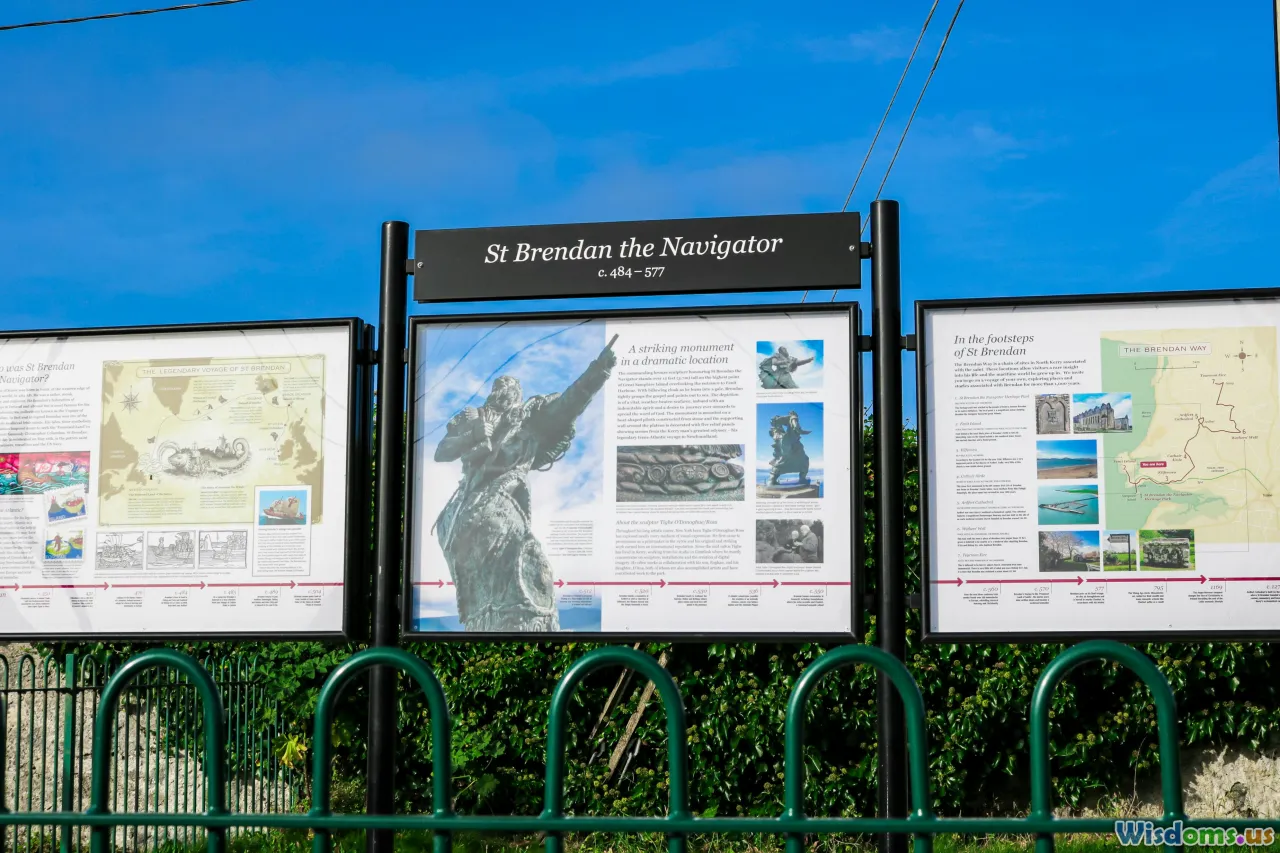
For those drawn by curiosity—or the hope of a supernatural encounter—successful exploration is as much about preparation as it is about open-mindedness. Göbekli Tepe is located near the city of Şanlıurfa, south-eastern Turkey. The official site is open to visitors throughout the year, though spring and autumn are ideal due to milder weather.
- Timing: For those interested in unusual atmospheres, sunrise and sunset visits intensify the shadows and lend the stones a mystical glow. Nighttime visits are restricted, but private tours occasionally receive permission for research or spiritual purposes.
- Guides: Knowledgeable local guides enliven the surroundings with folklore and history, and can direct visitors toward the carvings and viewpoints linked to legendary encounters.
- Respect: The site is strictly protected. Do not touch or climb the stones, and remember that for locals, Göbekli Tepe is not just a relic but a living source of reverence.
- Mindset: Whether you come as a skeptic or seeker, approach Göbekli Tepe with sensitivity. Write your impressions in a journal; many visitors note how their perception of the stones—and of themselves—changes during and after their visit.
Comparing Supernatural Reports at Ancient Monuments Worldwide

Göbekli Tepe is not alone in its supernatural reputation. Across the globe, megalithic sites attract tales of inexplicable phenomena. Stonehenge in England has accrued centuries of ghost stories and reports of electromagnetic anomalies. Machu Picchu in Peru has long been associated with ghostly apparitions, as have Egypt's Saqqara pyramids.
A 2022 comparative survey of ancient monuments in Journal of Heritage Tourism found that nearly 60% of experienced guides at these sites could recount at least one instance of a guest reporting an unexplained sensory or emotional experience. Many encounters—shifting shadows, sudden chills, or seeing mysterious lights—are described in nearly identical terms worldwide, hinting at the interplay between expectation, suggestibility, and genuine unknown phenomena.
Researchers propose a feedback loop: legend breeds expectation, which sharpens attention for the strange. Still, not all experiences can be so easily dismissed; each location offers its distinct blend of atmosphere and legend, allowing for fresh mystery and new possibilities.
Practical Tips: Documenting and Processing Strange Experiences

For those hoping to make sense of a supernatural event at Göbekli Tepe—or anywhere—systematic observation and emotional self-care are invaluable. Here are some actionable guidelines:
- Keep a Journal: Record details as soon as possible. Note time, weather, sensations, and any witnesses. Immediate impressions tend to be fresher, richer, and less prone to shifts in memory.
- Use Technology Wisely: Sensors, camera phones, and audio recorders can capture key moments—but be mindful of battery life and local regulations. Log technical glitches and determine if they recur in specific locations.
- Share and Seek Perspective: Speak to guides, researchers, or locals about your experiences. You might discover similar stories—or external explanations worth considering.
- Practice Grounding: Deep breathing or meditation can clarify whether sensations are internal reactions or something truly external.
- Respect Boundaries: If a situation feels overwhelming, step back. Many visitors report intense emotion on site—acknowledge the feeling without dismissing it or diving wholly into fear or fantasy.
Consciously processing your experience, whether ordinary or extraordinary, can take days or even weeks—allowing genuine insights to crystallize without anxiety or over-interpretation.
Final Reflections: Thresholds Ancient and New
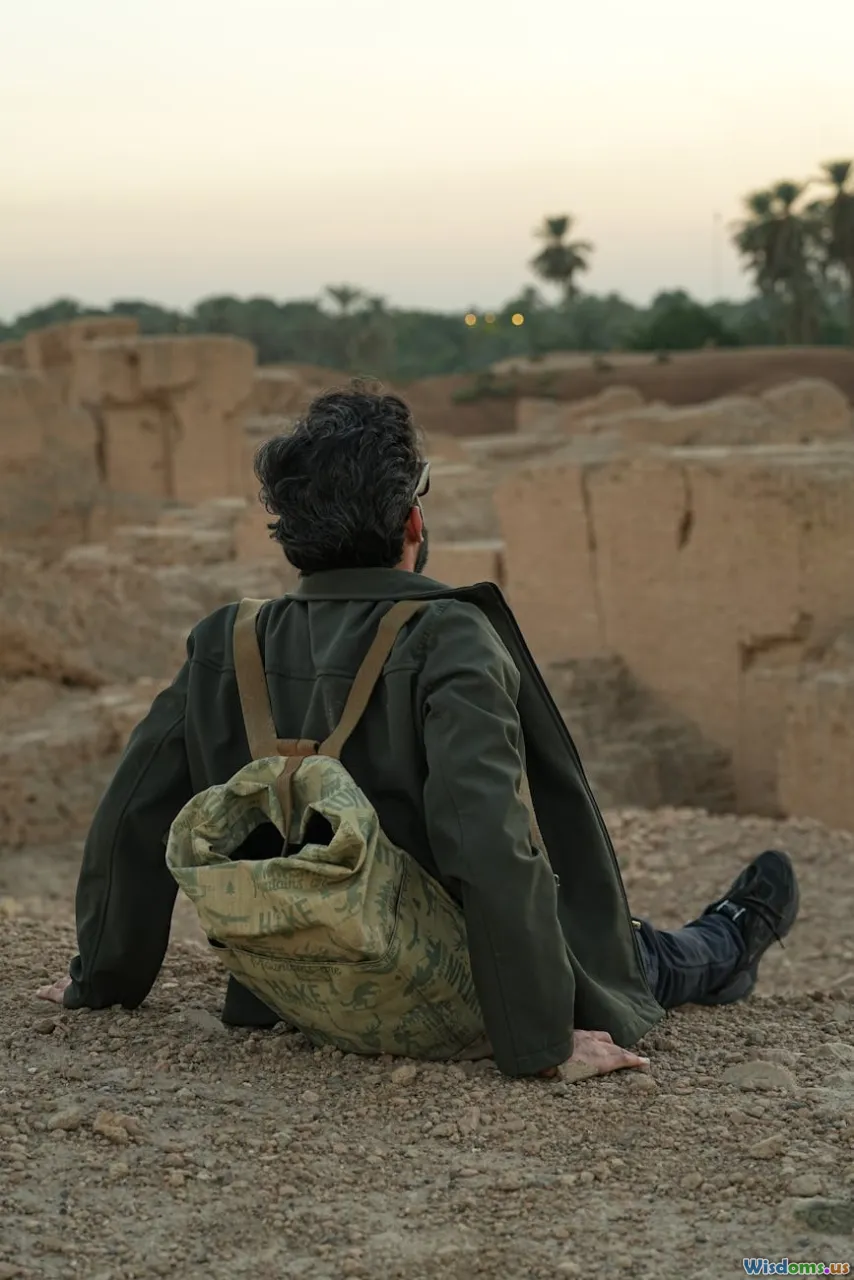
Standing before the stoic pillars of Göbekli Tepe at dawn, it is hard not to contemplate both the unknowable past and the mysterious present. Perhaps, at its core, the site's greatest secret is not anchored in supernatural proof, but in its uncanny ability to stir questions that have no final answer.
Above all, it is the personal encounter—strange or subtle, joyous or unnerving—that endures. Whether we attribute such experiences to supernatural phenomena, environmental quirks, psychological priming, or cultural inheritance, they form a vital part of our ongoing relationship with the ancient world.
In the shadow of the world’s oldest stone sanctuary, you may find that wonder—supernatural or not—is both the oldest and the most human feeling of all.
Rate the Post
User Reviews
Popular Posts










